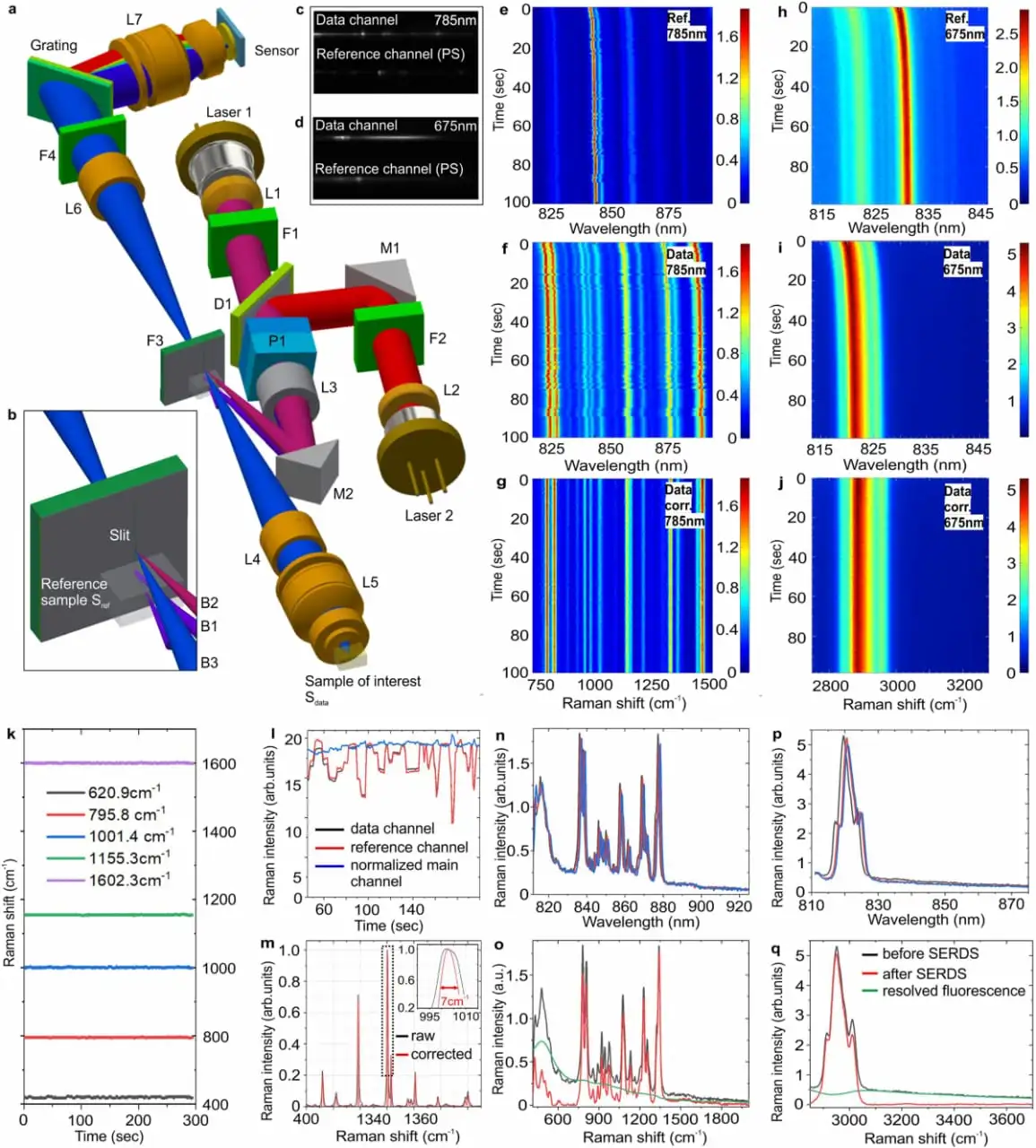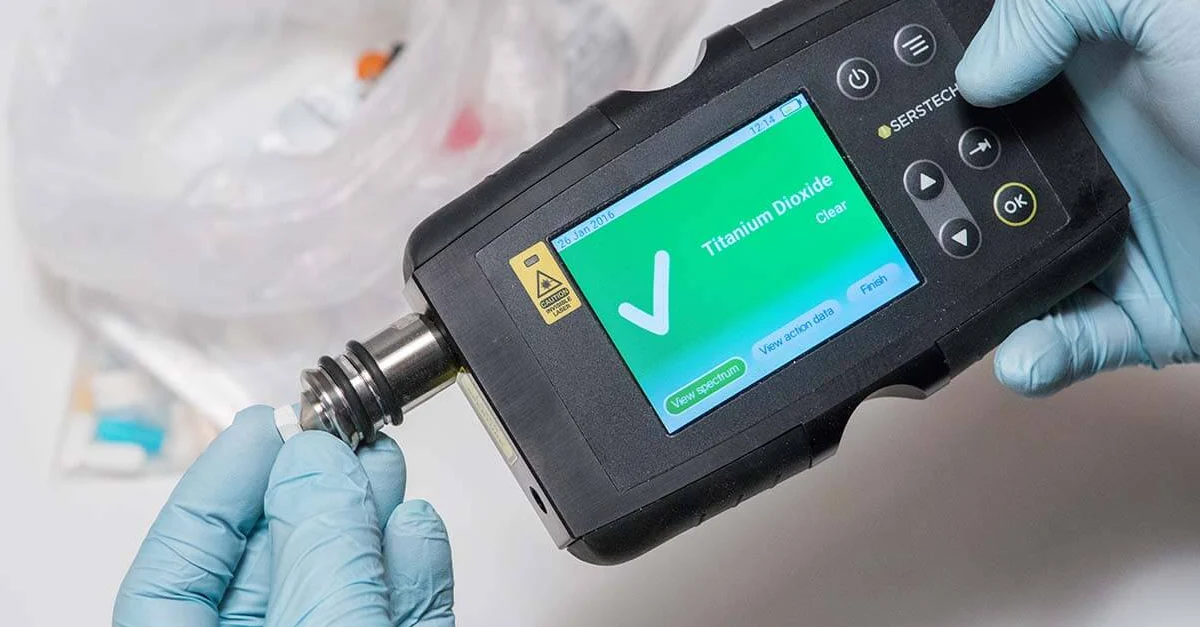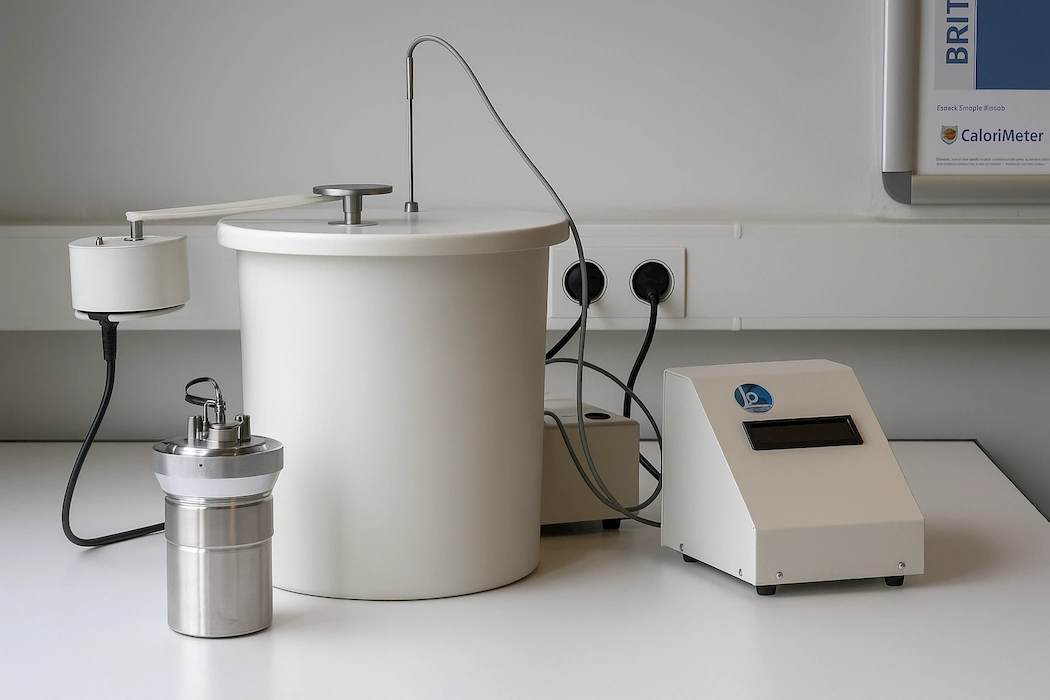In the vast and largely uncharted frontier of space, the tools we send beyond Earth’s atmosphere must be as innovative as the missions themselves. One such tool—the portable Raman spectrometer—has emerged as a game-changer in NASA’s planetary exploration toolkit, enabling non-destructive, in-situ chemical analysis on other worlds.
From the surface of Mars to the icy moons of Jupiter, Raman spectroscopy is helping scientists unlock secrets hidden in alien rocks, soils, and ice—one laser pulse at a time.

What is Raman Spectroscopy, and Why Is It Ideal for Space?
Raman spectroscopy is a vibrational technique that analyzes how light scatters when it interacts with molecular bonds in a material. The “fingerprint” it creates can identify minerals, organics, water content, and even detect life-suggesting compounds—all without physically altering the sample.
For space exploration, this is a massive advantage:
- Non-destructive and contactless
- Works through transparent materials like ice
- Capable of operating in extreme environments
- Minimal sample preparation required
These features make portable Raman devices highly suited for planetary missions where physical sampling is limited and every gram of payload counts.
NASA’s Use of Portable Raman in Missions:
The Mars 2020 Mission & SHERLOC
NASA’s Perseverance Rover, which landed on Mars in 2021, is equipped with a cutting-edge Raman instrument called SHERLOC (Scanning Habitable Environments with Raman & Luminescence for Organics and Chemicals). SHERLOC uses a deep ultraviolet (DUV) Raman laser to:
- Detect organic molecules and biosignatures
- Analyze the mineralogy of Martian rocks
- Identify past environments that may have supported life
What’s revolutionary is that SHERLOC is essentially a miniaturized, space-hardened portable Raman spectrometer, functioning autonomously millions of miles from Earth.

Future Missions: Europa Clipper & Beyond
NASA’s upcoming Europa Clipper mission (set to launch in the late 2020s) will carry instruments capable of Raman-like spectroscopy to investigate the icy moon Europa for organic molecules. Scientists hope to detect signs of life or prebiotic chemistry beneath its frozen crust—again, without needing to drill or return samples. Detect biosignatures on Enceladus or exoplanets for search of extraterrestrial life.
Engineering for the Final Frontier:
Developing Raman spectrometers for space is no easy feat. These devices must:
- Operate in temperatures as low as -100°C or lower
- Resist cosmic radiation and dust
- Work with low power consumption
- Be lightweight and compact
Portable Raman systems designed for Earth have inspired the miniaturization and ruggedization of instruments used in space. What starts as a field tool for geologists can become a scientific payload on an interplanetary mission.
Applications Beyond Planetary Analysis:
Besides mineralogy, portable Raman in space can support:
- Life detection efforts by identifying organics
- ISRU (In-Situ Resource Utilization): analyzing regolith for water or useful compounds
- Space agriculture: monitoring nutrient levels in hydroponic systems
- Spacesuit safety: identifying toxic compounds in life support environments

Back on Earth: Technology Transfer
Many of the breakthroughs in spaceborne Raman spectroscopy are now finding their way back to Earth. Advanced portable Raman devices for use in mining, pharmaceuticals, and environmental monitoring have inherited features originally developed for space missions—like robustness, miniaturization, and remote sensing capabilities.
Conclusion:
Portable Raman spectrometers are not just laboratory tools—they’re planetary detectives, helping us read the chemical stories written in the rocks and soils of other worlds. As NASA and other space agencies push the boundaries of exploration, these instruments will continue to play a vital role in uncovering the origins of our solar system—and possibly, life beyond Earth. As NASA pushes deeper into space, these devices will remain indispensable in answering humanity’s oldest question: Are we alone?



